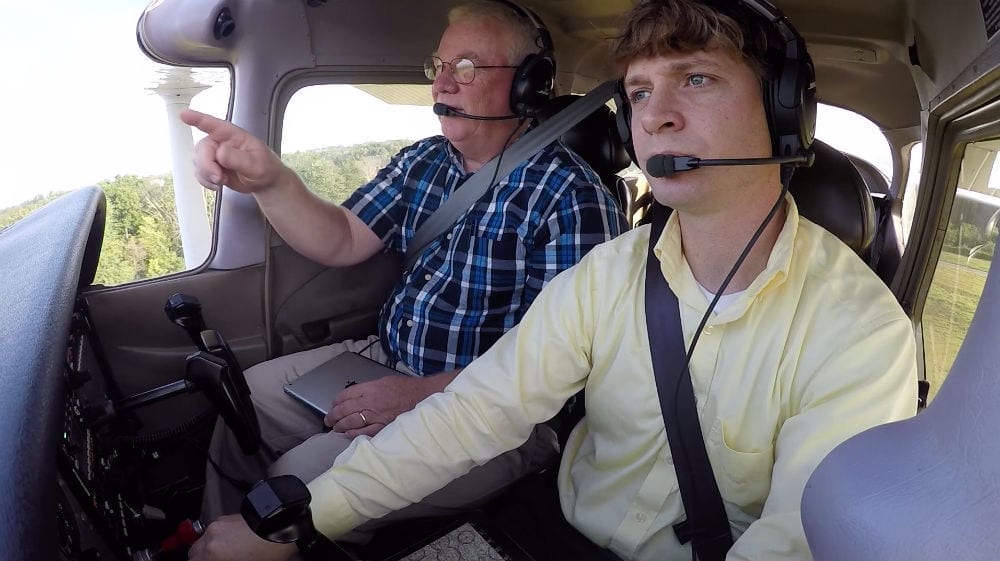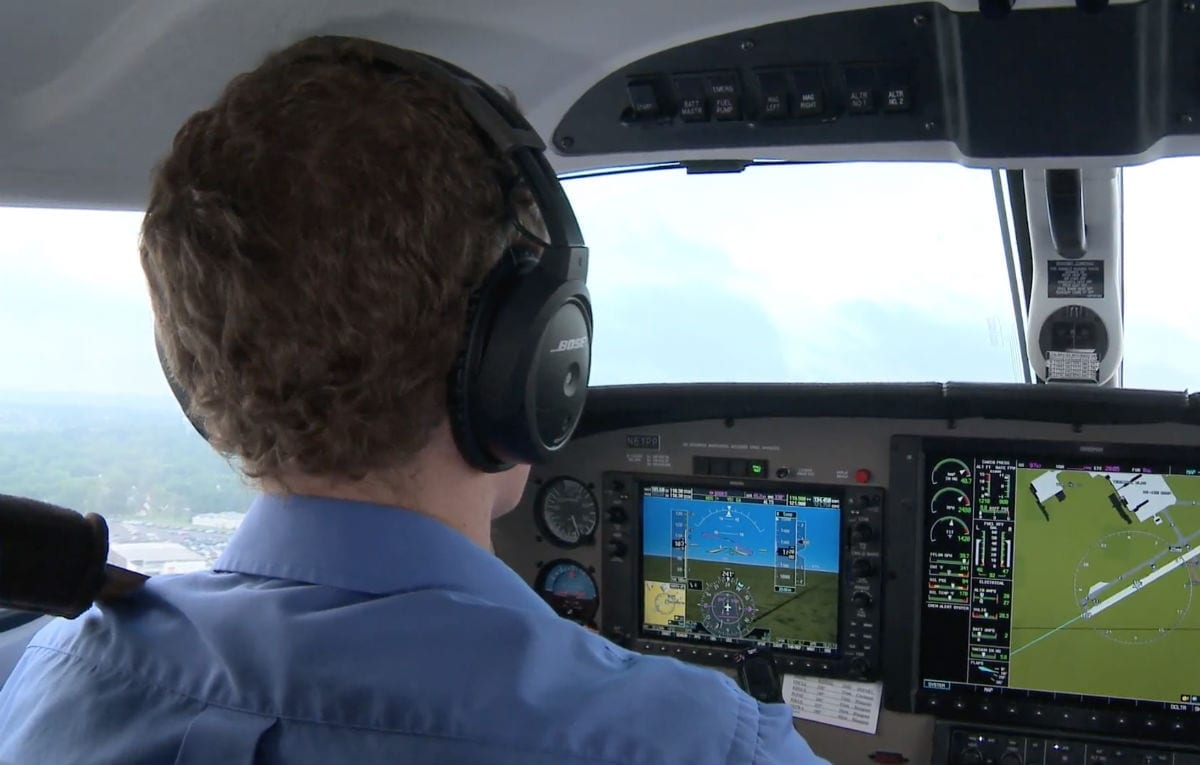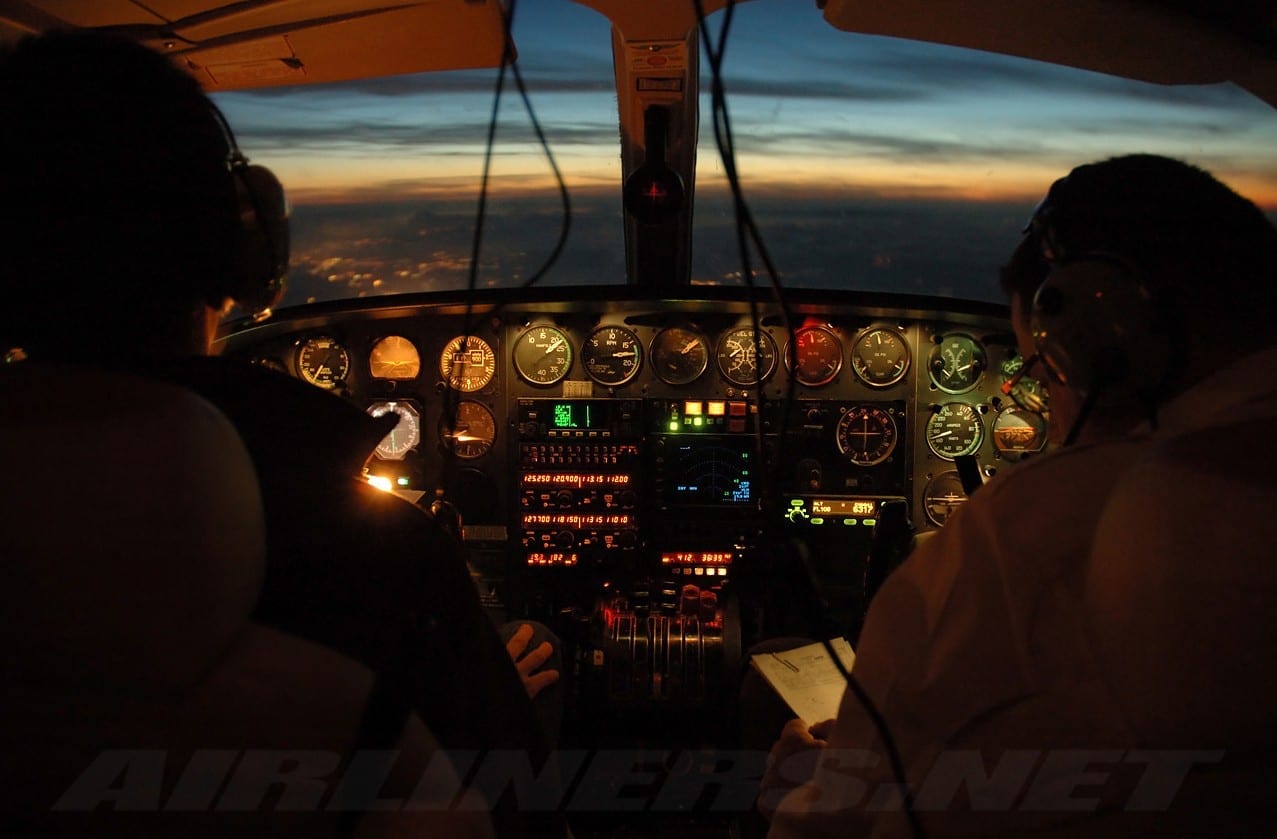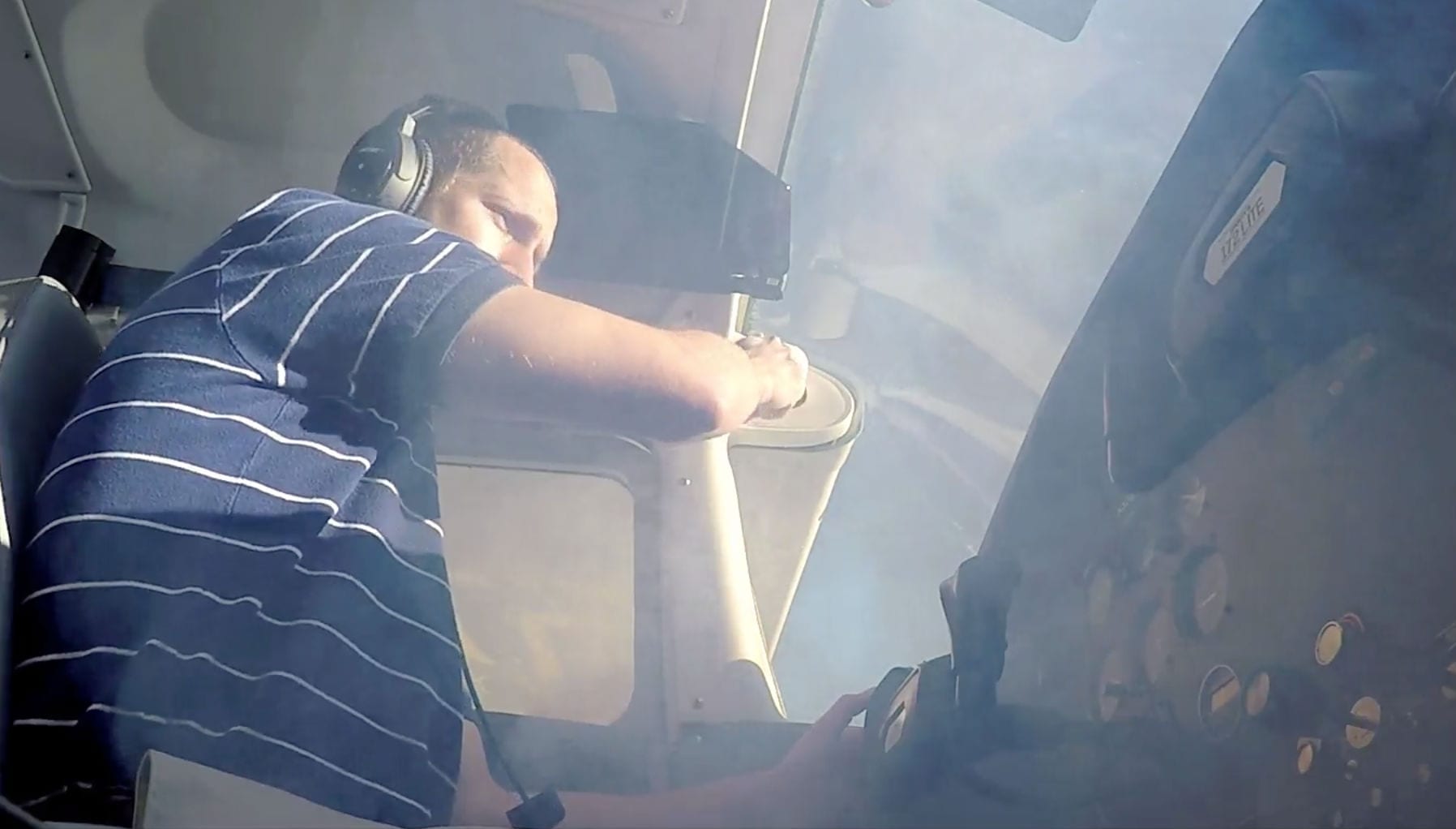
Richard Collins’s 10 most popular articles on Air Facts
Dick's blogThis week marks the one year anniversary of Richard L. Collins's death, and we are remembering the legendary writer by reviewing 10 of his most popular articles. Over the years, Collins tackled a huge variety of topics, from weather flying tips to personal stories, but none were as popular as his detailed reviews of airplane safety records. As you can see below, some were good, some were bad, but almost all elicited strong opinions.

Teaching flying over the years, part two: dealing with the students
Dick's blogWhen someone would come to me to learn to fly, the first question I would ask is why they wanted to take to take up flying. You want to guess what response I liked best? Because I always thought I wanted to fly was my hands-down favorite. Folks who came to flying with that thought in mind were always the best (easiest) students.

Teaching flying over the years
Dick's blogI became a flight instructor in 1953. I last renewed my CFI in 2016 and will let it lapse today (2/28/2018). There is no log entry for that because there was no flight. I’ll tell you why I let it lapse in a bit. For now, I’ll just say that it has to do with the FAA at its petty and officious best.

Air Facts turns 80: some things have changed, some have not
Dick's blogOn the 80th anniversary of AIR FACTS’ founding, I see two good questions: (1) What have been the major factors in the safety record improvement over the years and in particular the last couple of years? And, (2) Is there any way to reduce the risk even more? It is tempting to give technology a lot of potential credit for improvements but a look back throws a bucket of water on this.

O Airplane! My Airplane! Let’s talk
Dick's blogRecently I read where an academic has suggested that talking about what is going on might be helpful to folks flying single-pilot IFR. That rekindled my interest in the subject of us talking to airplanes and how airplanes respond. Put another way, it relates to how we talk to ourselves, or think, about how what we are doing is affecting the airplane.

What it takes to be one sharp pilot: pragmatic
Dick's blogPragmatic. That does sound like a pretty good flying plan for private aviation. I say that because our flying is unscripted and flexible as opposed to, for example, airline flying which is anything but unscripted and flexible and is not always based on practical considerations.

What’s wrong with single-engine turboprop pilots?
Dick's blogFrom studying everything that has gone on with the TBM and Meridian and with knowledge of the high performance piston fleet, I get the feeling that the lower fatal accident rate in the turboprops has to be attributable to better training. Better reliability could be a factor and the enhanced performance capabilities of these airplanes may have also made a contribution to safer operation.

Spooked about night flying in singles?
Dick's blogThere will be a debate about flying at night in single-engine airplanes for as long as there are single-engine airplanes and it gets dark every night. That is a given. Recently the son of an old friend emailed and asked me what I thought about flying singles at night. My stock answer to pilots who express concern about this is simple: If you are not comfortable with it, don’t do it.

What’s wrong with experimental pilots?
Dick's blogThe higher incidence of accidents in E-AB aircraft is just as logical as the fact that the fatal accident rate in private (general) aviation is almost infinitely higher than it is in airline flying. When more freedom is granted by reducing regulations and eliminating stifling procedures then the risk goes up.

What it takes to be one sharp pilot, part four: realistic
Dick's blogIn this off-again on-again series I have touched on awareness, intelligence and coordination. Those are all important. Being realistic also sounds like part of a plan for flying. The first thing that comes to mind is the extremely tired old saw about knowing your (or your airplane’s) limitations. In fact, that has been said with evangelical zeal so many times that, with this mention, I am going to leave it behind.

Flying on edge – getting down to the nitty-gritty
Dick's blogMargins are a basic in safer flying. Maybe that’s just another way of saying to always cut yourself a little slack, and what it means is to stay away from the edges of the envelope. Where this often becomes critical is when the airplane is being asked to do something it either won’t do, or will just barely do. That is when precise flying is required and to use an old term, it often has to be done by the seat of your pants.

Mayday! What is an emergency?
Dick's blogIf you read through the available information on emergencies, there is but one conclusion. Everything is covered, several times, in the millions of words written about this but much, even most, of it revolves around the legalities. Logic suggests that if you are up to your ears in gators, what counts are results and if you get a good result you can think about the legal part later.

Thunderstorms and airplanes and pilots: they don’t go together
Dick's blogAre there fewer thunderstorm-related private airplane crashes now than there were before Nexrad was beamed into almost every cockpit? The answer is yes, no and maybe. The reason for the vacillation is the simple fact that we have little or no information on exposure.

Is pilot interest in weather waning?
Dick's blogI am convinced that screens full of information are not a key to operating an airplane safely. The most important picture of all is not on a screen, it has to be in the pilot’s mind. A mental picture of where you are, where you are going, and how you are going to get there simply can’t be replaced by a picture on a screen. Nor will a screen show the churning inside a cumulonimbus.

8-3-1981: the day the FAA disappeared
Dick's blogThe recent discussion about the ill-advised privatization of the air traffic control system sent my thoughts twirling back to a day and time when the system actually came to a screeching halt and we had no system, public or private.

The devil is in the deadly details
Dick's blogCareful pilots use checklists. One item on all checklists calls for the controls to be free. After studying two accidents, one in a new production twin on a first flight and one in an experimental jet, because the ailerons were reversed, I paid extra attention to controls free and correct. I looked at the ailerons when I deflected them, every time, and made sure they moved correctly.

BasicMed: a cruel hoax?
Dick's blogWas 05/01/2017 a day that changed the life of a lot of pilots or was it just another Monday down on the farm? The first attempt to do away with aeromedical certification for pilots started about 70 years ago and the beginning of BasicMed on 05/01 seems to be all the progress that was possible on this sticky subject over all these many years.

Turbulent flying lessons: windy tales
Dick's blogThe potential for turbulence should be an integral part of pre- and in-flight weather study. And I found over the years that experience is the best teacher because with turbulence what you feel is what you get. If flying IFR in clouds, the fact that turbulence there makes many riders uneasy and uncomfortable has to be acknowledged, and even some pilots riding as passengers get antsy in bumpy clouds.

What’s wrong with piston twin pilots?
Dick's blogBack in the heyday of piston airplanes being used for personal and business travel, one question was most often asked of owners of high-performance singles: When are you going to step up to a twin? It was automatically assumed that everyone wanted to and all would when they could afford it. In the history of private aviation, though, new piston twins were not a big factor.

What about those spins?
Dick's blogThe low altitude, low speed loss of control has always dominated and back in the good old days this was often dismissed with the comment: he ran out of airspeed and ideas at the same time and he spun in. Do pilots know enough about spins?
